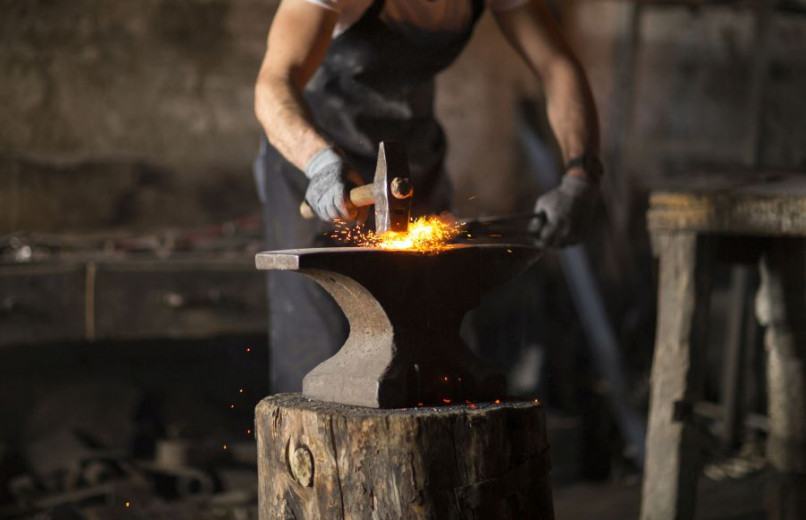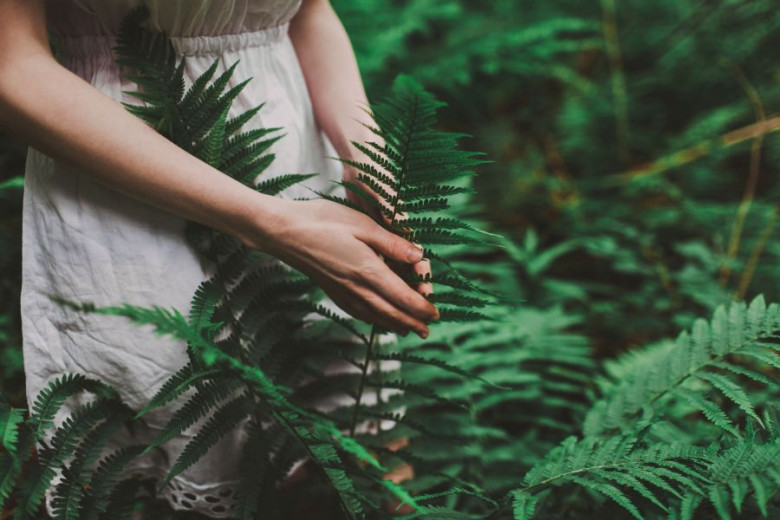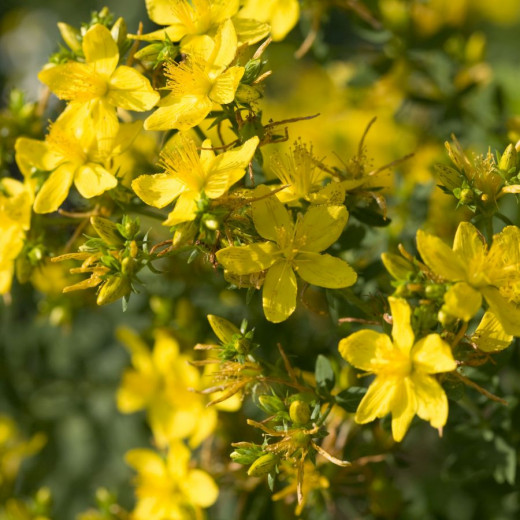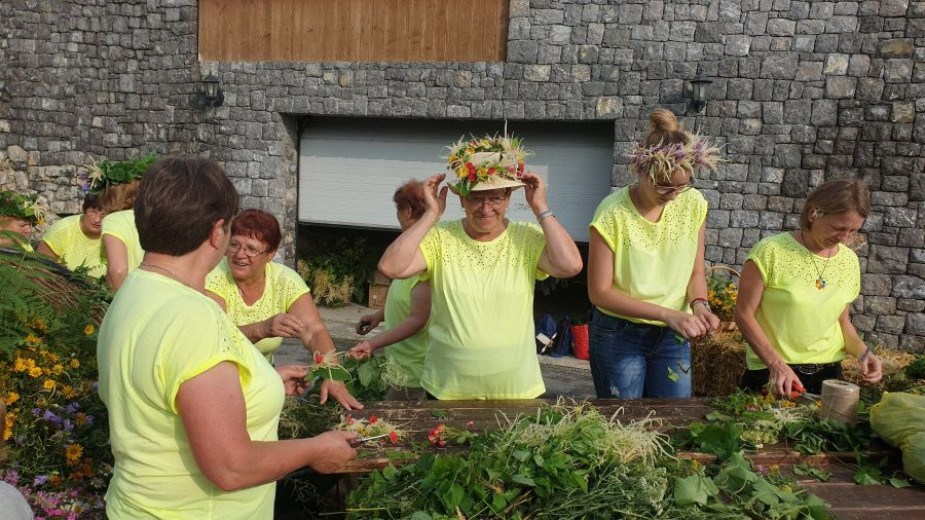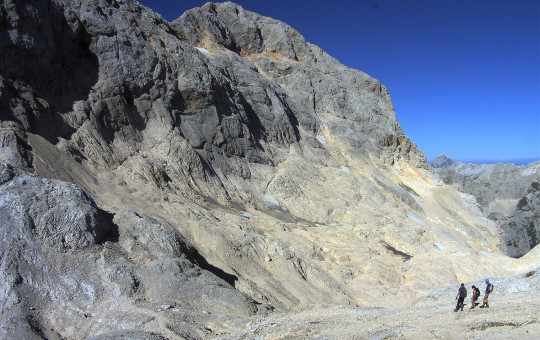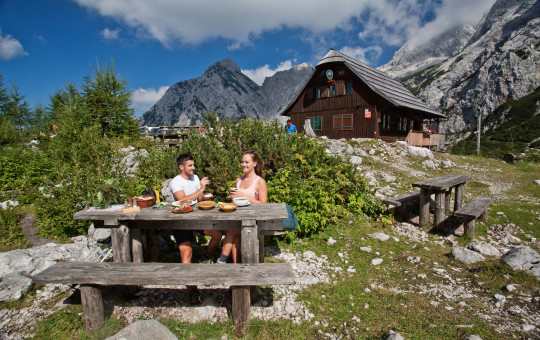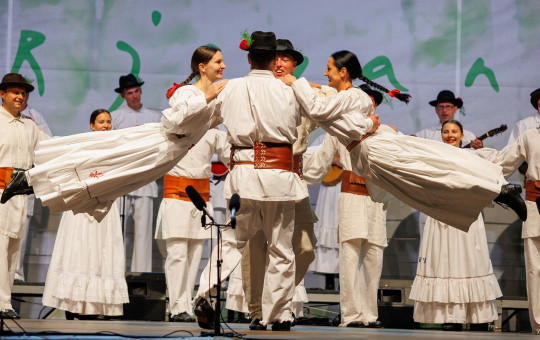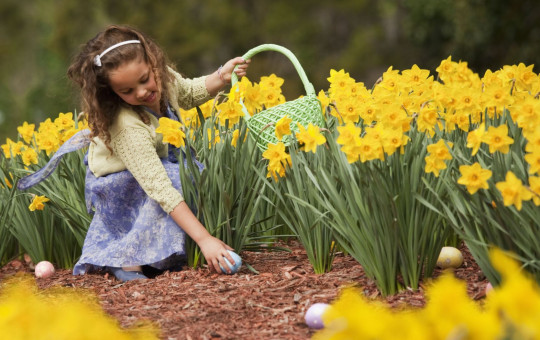In Slovenia, as in many countries around the world, 1st May marks the International Labour Day. This holiday is associated with the old tradition of lighting bonfires in Slovenia.
The tradition used to be part of the celebration of Midsummer’s Eve that takes place every year on the eve of the spring solstice when we celebrate the name-day of St. John the Baptist (24 June). The celebration of Midsummer’s Eve was once the only holiday of the year on which people could have fun with a clear conscience and as much as they wished.
Kresovanje – the bonfire party in Slovenia – is an exceptional cultural heritage dating back to pagan times. Setting up fires symbolically helps the sun to warm up and shine with its full strength. The proverb "ob Kresi se dan obesi" ("on the day of bonfire the day hangs itself") indicates that the longest daylight ends with the Midsummer’s Eve and the days become ever shorter. Hence, the veneration of the sun on that very day played a significant role for our ancestors
-
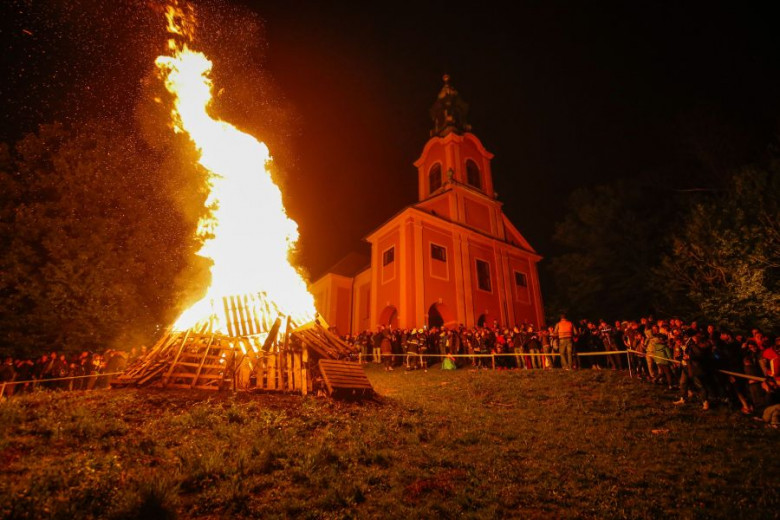
The king among the bonfire parties (1 Mai) is the Rožnik Hill in Ljubljana. Although there may be other places hosting larger bonfires or even mass festivities, the traditional bonfire on the Rožnik remains one of the most outstanding.Photo: Anže Malovrh/STA
-
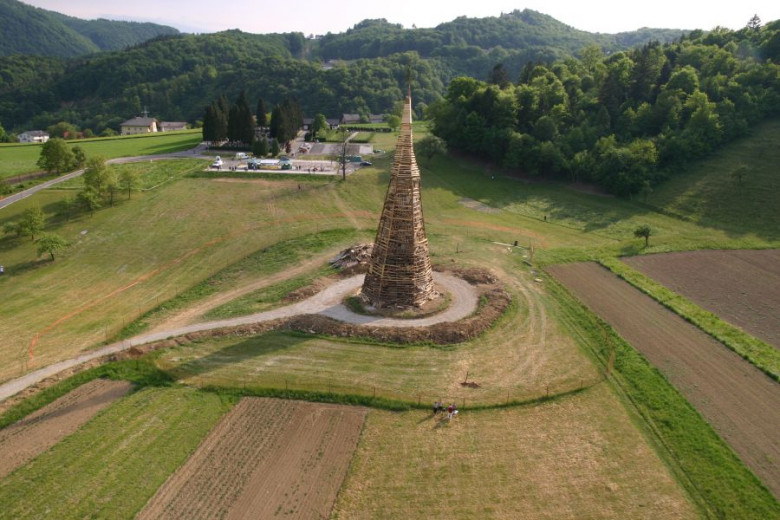
The Slovenian town of Boštanje is known for lighting the tallest bonfire at 43 meters on the May Day bonfire in 2007, which entered the Guinness Book of Records.Photo: Občina Sevnica archives
-
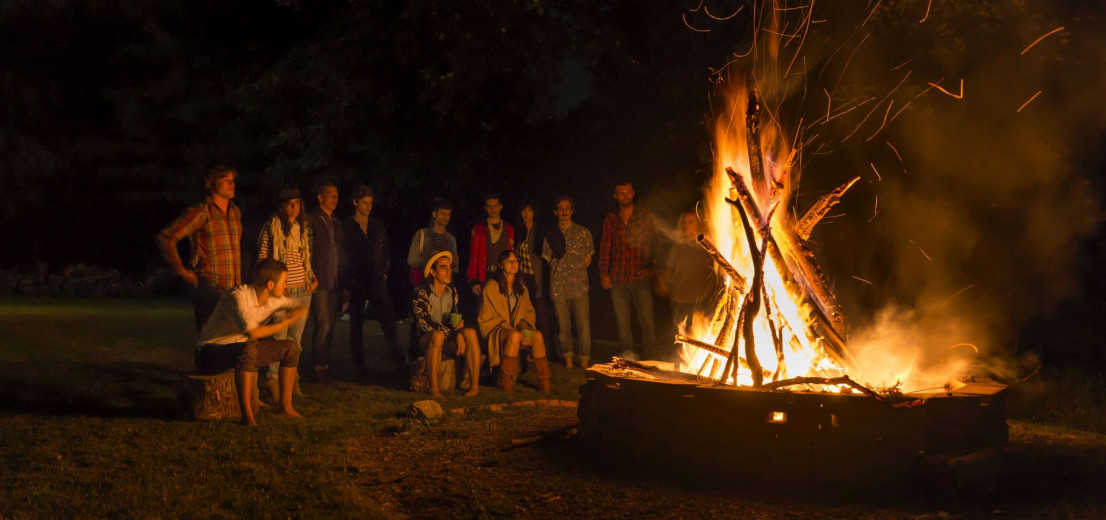
Lighting bonfires in Slovenia most often provides an opportunity to socialise both on 1st May as well as on 24 June, even if this tradition has a completely different origin.Photo: Nisian Hughes-GettyImages/GulliverFilm&Foto
Symbolism of fire and plants
Fire represents light, so its symbolism and function are of utmost importance in many cultures, including religions. It illuminates and purifies.
It is also an image of God, his most incomplete depiction.
Fire was also the heart of the home, whereas the fireplace was the place of its residence, the gathering area that gave a sense of connection. Similar is true for the rituals performed around bonfires.
In addition to the traditions involving fire or lighting bonfires, many bonfire beliefs are also associated with plants. It is believed that on the night of bonfire plants are filled with miraculous power.
One of them is fern. It is for this reason that on the Midsummer's Eve Bonfire many houses across Slovenia were decorated with fern leaves.
According to the belief, John the Baptist rested on fern at night, which explains why the fern leaves were withered in the morning. The fern was kept during the entire year as it was said to protect a house from fire.
On the Karst plateau, girls and wives used to weave St. John's wreaths and hung them on the front doors. The plants gathered on Midsummer’s Eve and entwined into garlands were thought to protect homes against accidents. The garlands were woven from meadow flowers, fern, laurels, lavender, juniper, yarrow, smoke tree and it was a must to include also the goldmoss stonecrop (Latin Sedum acre), which is commonly known as St John's wort on the Karst plateau.
It was customary on Midsummer's Eve to give blessing to the flowers and herbs that girls brought to church in baskets. The custom is based on folk belief that the herbs gathered on this night gain special power that is even further augmented if blessed; the herbs were then dried to last during the winter.
The herbs that were collected and blessed included sage, chamomile, wormwood, balm-mint, speedwell, gentian, arnica, coltsfoot, and in particular St. John's Wort (Latin Hypericum perforatum) whose name is associated with the Midsummer's Eve, once known as St. John's Eve, or the name-day of St. John the Baptiste.
St. John's Wort is considered a magical plant associated with the bonfire.
In some countries, it is referred to as the Blood of Christ or St. John's Blood. It is believed to have a special power chasing away the devil, evil forces as well as lightening.
The plant is said to have chased away the devil because the villain pricked its leaves over and over again out of hatred.
When rubbed with hands it yields blood-like red juice. This explains why the plant had to be among fireflies.
Date: 25. April 2025
Time to read: 1 min

